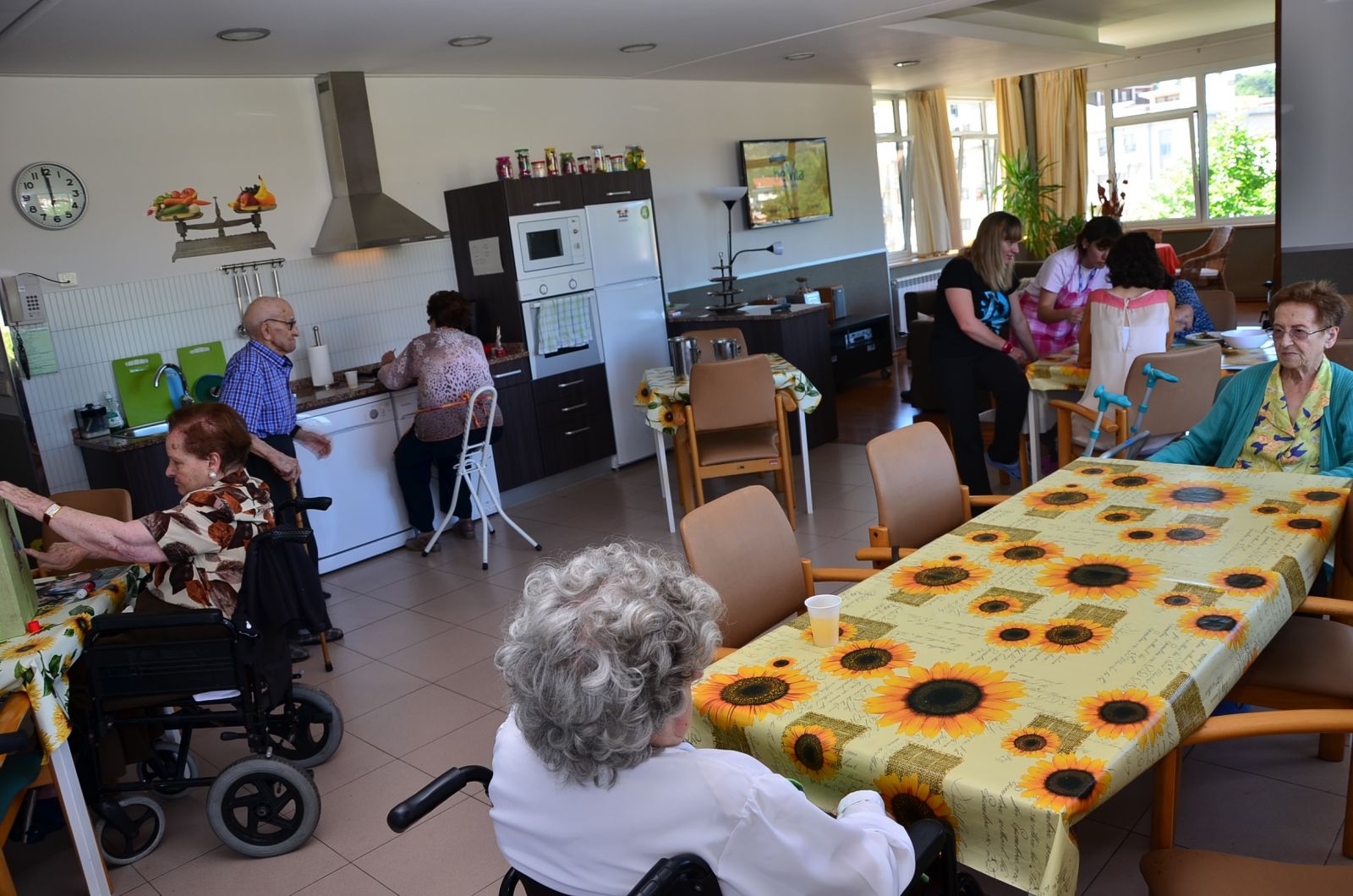
Multifactorial fall prevention programmes in gerontology centres
Falls are a major public health problem, given the physical, psychological and economic consequences they entail, being considered as a geriatric syndrome that has great importance in gerontological centres.
In Europe, a network on fall prevention (ProFaNE) has been set up and in this systematic review by a Belgian public health team, they evaluate the effectiveness of different interventions*. Previously, much literature has been published on the limited effectiveness of different measures aimed at controlling the risk factors involved in falls or improving walking or balance disorders. The quality of studies is often low, with somewhat ambiguous definitions that make data analysis difficult.
 Fuente: .Bambo. (Flickr)
Fuente: .Bambo. (Flickr)
Given the characteristics of the residents in gerontological centres, with a high rate of cognitive impairment, walking and balance disorders, and the fact that walking aids are frequently used in polymedicated patients with sensory deprivation, they should all be considered at high risk of falling. It is estimated that the rate of falls is 1.6 falls per year, 50% of residents who fall will do so on more occasions. It is known that more than 50% of falls are caused by less than 10% of residents. The consequences are not insignificant: it is estimated that 4% of hip fractures occur annually, of which 12% will have a new fracture and 31% will die; as well as psychological consequences such as post-fall fear, which increases disability and worsens the quality of life or the economic ones for the health systems that attend to an increasingly aging population.
In the aforementioned meta-analysis, 13 studies are studied, covering a sample size of 22,913 residents of gerontological centres, with an age range of 82 to 89 years, with a follow-up of more than 6 months. In the trials the interventions can be unique (training of staff and educational programmes in risk factor assessment and some potentially modifiable factors; interventions with the help of pharmacists in drug review especially psychoactive medication; intervention with vitamin D or gait strengthening programmes), multiple (incontinence care, exercise programmes aimed at functional gain) or multifactorial (assessing individual risk profile, focusing on exercise, medication, control and detection of orthostatic hypotension, safe environments, hip protectors, visual, podiatry and appropriate footwear assessment, feedback).
In the intervention groups the number of residents with repeated falls is reduced (21%), with no effect on the number of falls. However, multifactorial interventions reduce the number of residents with repetitive falls, not so much the number of residents with repetitive falls, while the rest of interventions not so much, even some simple intervention studies can increase them. In the regression analysis it can be seen that the interventions have a greater protective effect in those studies with a high prevalence of residents with dementia.
 Unidad de Convivencia de Rezola (Matia Fundazioa)
Unidad de Convivencia de Rezola (Matia Fundazioa)
The composition of the multidisciplinary team or the frequency of the interventions in the multifactorial interventions is not well explained, the difficulty of the studies in institutionalized patients is mentioned due to the losses produced, scarce registration of objectives, not clear definitions of the assistance resource, the consequences well described or adequate follow ups.
Multifactorial interventions can be of great help, as well as an awareness of the care team and an adequate registration of key indicators, being of great relevance an investment and support of the health resources in a resource that, being social, is frequently forgotten by the different health administrations with the important consequences that it entails.
Vlaeyen E, Coussement J, Leysens G et al. Characteristics and Effectiveness of Fall Prevention Programs in Nursing Home ; A Systematic Review and meta- Analysis of Randomized Controlled Trials. J Am Geriatr Soc 63;211-221;2015.


Add new comment